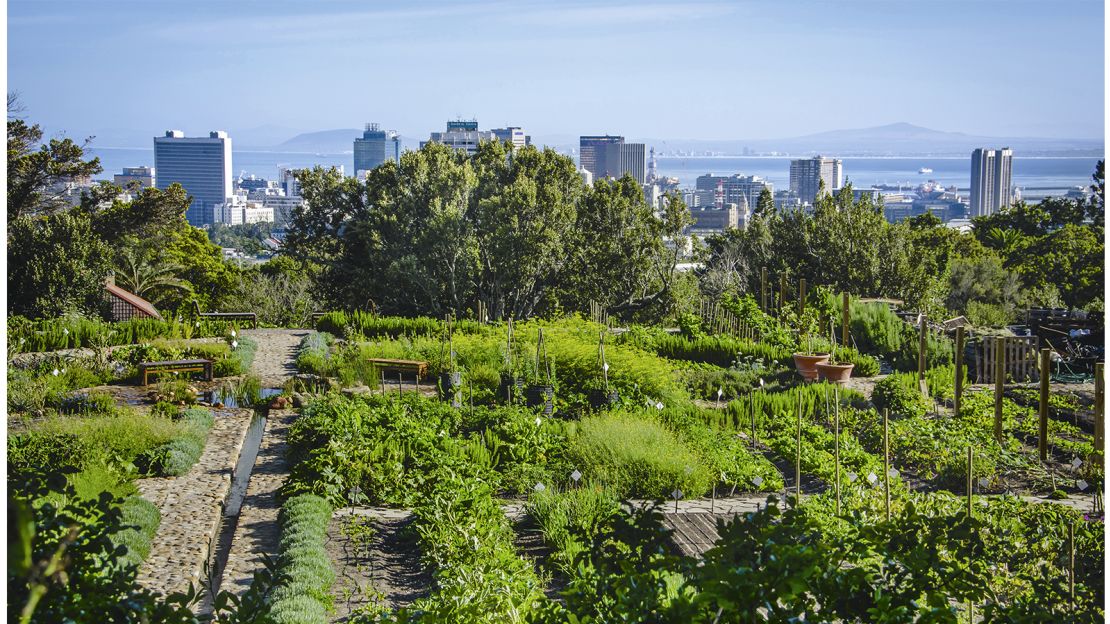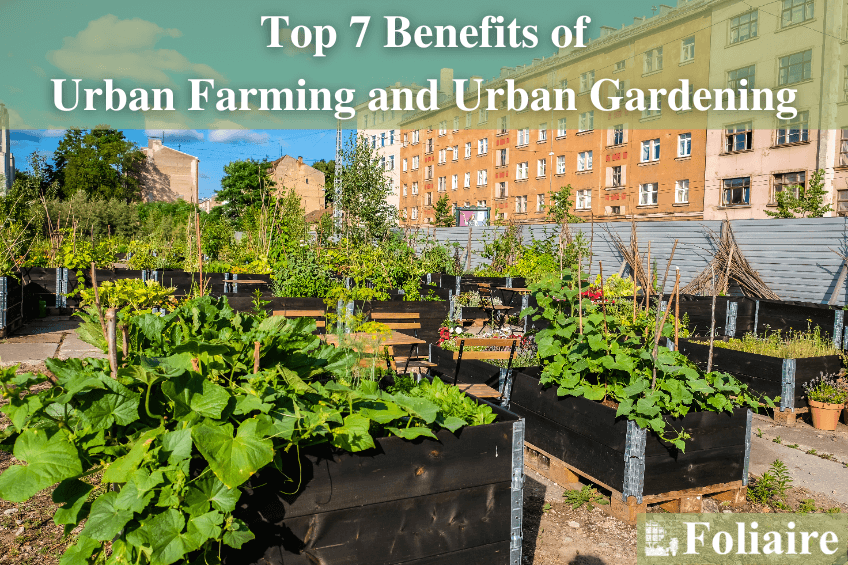City Blooming Things To Know Before You Buy
City Blooming Things To Know Before You Buy
Blog Article
Some Known Facts About City Blooming.
Table of ContentsSome Known Details About City Blooming More About City BloomingNot known Facts About City BloomingNot known Factual Statements About City Blooming All About City Blooming
Intrigued in expanding food up for sale in the City of Chicago? Thinking of starting an area yard? Modifications to the Chicago Zoning Regulation enable agricultural usages like area gardens and urban farms in numerous components of the city. Below is a listing of frequently asked questions regarding the rules and regulations that cultivators should consider when intending a metropolitan farming project.
The zoning amendment does not customize any various other codes handling composting, structure licenses, acquiring or leasing City owned property, company licenses or environmental contamination. There are existing codes that control these issues and they remain completely effect and might apply to your job. Community yards are typically had or handled by public entities, civic companies or community-based companies and kept by volunteers.
Urban farms expand food that is planned to be marketed, either on a not-for-profit or for-profit basis. Due to their industrial purpose, metropolitan farms need a service permit.
The Greatest Guide To City Blooming
Composting is permitted however only for plant product that is generated and utilized on website. The quantity of compost material can not go beyond 25 cubic backyards at any type of given time according to the standards in 7-28-715 of the City's Municipal Code. Yes. Because the dirt at most new garden websites needs amending, garden compost, dirt, timber chips, or various other materials can be acquired to create or boost the expanding room - sustainability.

If a building permit is called for then the hoophouse will certainly be thought about an accessory building. You can learn even more regarding the structure authorization demands by calling the Department of Structures. The 25,000-square-foot size limitation is meant to avoid a single neighborhood yard from dominating a given block or interfering with the block's existing household or industrial character.
The limit does not put on yards located in Public Open Area (POS) areas. Can there be greater than one community garden that is 25,000 square feet on a single block? Yes. The dimension limitation puts on private yards, not to private blocks. No. Secure fencing is not required, however, yards that have huge vehicle parking locations might be required to mount fence or various other landscaping features.
The Only Guide for City Blooming
B1 & B2 areas require that all industrial use tasks be performed inside your home. Is fence required for urban ranches? Fences may be called for, along with landscape design and screening, for certain car park areas and outdoor job or storage locations depending on location and the certain activity taking place.
Urban ranches call for building authorizations and zoning authorizations prior to construction (eco-friendly practices). Other kinds of city evaluation may be required depending on details structures, activities, dimension, landscaping, licensing, public health and stormwater management problems.
The Department of Service Affairs and Consumer Defense can help establish the certain type of service certificate that's required. Off street auto parking is needed for many commercial projects in Chicago. The called for number of auto parking rooms is based on the number of staff members functioning on website and not the square footage of the growing area.
4 Easy Facts About City Blooming Shown

Yes. An urban ranch can market compost product generated on site, nonetheless, the operation needs to adhere to the guidelines in 7-28-715 of the Chicago Municipal Code. Yes. Aquaponic systems are permitted indoors on city farms in many zoning areas. A zoning evaluation and structure permit is required in order to install frameworks or systems and a company license is required as defined over.
Up to 5 hives or colonies of honey might be kept as an accessory usage. Nevertheless, beekeepers need to register with the Illinois Department of Farming. For more details about the proposed zoning modification you might speak to the Department of Housing and Economic Advancement, Bureau of Preparation and Zoning at 312.744.8563.
Farming in cities and city locations A city farm in Chicago. Urban farming refers to different practices of cultivating. https://hub.docker.com/u/cityblooming, processing, and distributing food in metropolitan areas. The term likewise relates to the area activities of pet husbandry, aquaculture, beekeeping, and horticulture in a metropolitan context. Urban agriculture is differentiated from peri-urban farming, which happens in backwoods at the side of suburban areas.
Some Known Facts About City Blooming.
It can include a movement of organic farmers, "foodies" and "locavores", who seek to create socials media started on a common principles of nature and community holism. These networks can develop using formal institutional support, becoming integrated into neighborhood town planning as a "shift town" movement for lasting city advancement.
The more straight accessibility to fresh veggie, fruit, and meat items that may be become aware via city agriculture can boost food safety and food safety and security while reducing food miles, leading to lower greenhouse gas discharges, consequently adding to environment modification reduction. Several of the first proof of urban agriculture comes from Mesopotamia.
Report this page